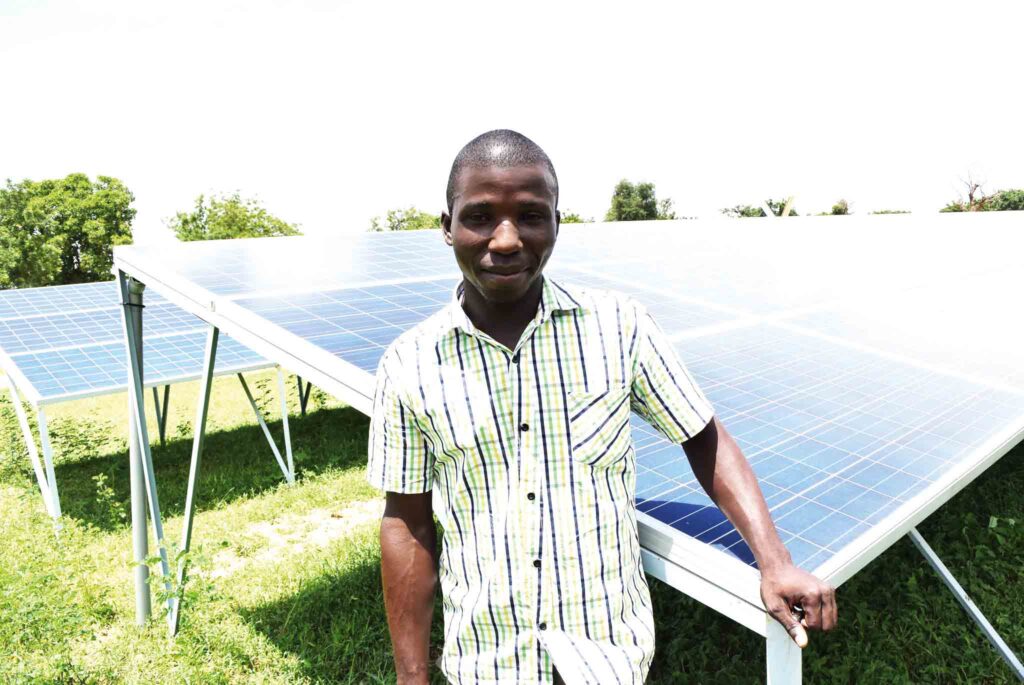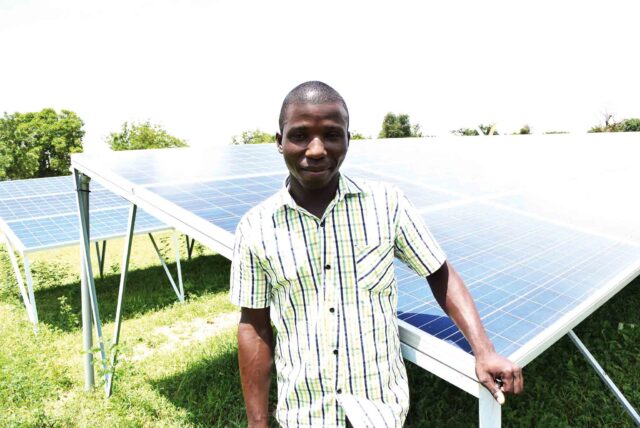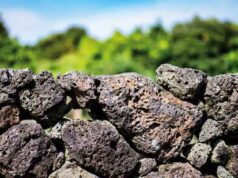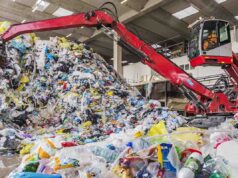By Pauline Akello
Have you ever imagined being in a situation you cannot have a warm meal because there is no source of energy to prepare your food or you cannot work because power is out?
Or have you ever gone to the market to buy your most basic products, but did not find them because the manufacturer could not produce them?
That experience is catastrophic. As humans, we rely so much on energy to drive our daily lives.
The wider the net for us to source from, the safer we feel. That is why there have emerged numerous advocates for renewable energy (RE) who are pushing for people to get involved, get educated and apply environmental protective knowledge in their daily lives.
In Uganda, solar and wind are continuously becoming alternative sources of clean energy.
The others that are not yet common are geothermal energy which is harnessed through the natural heat below the earth’s surface and biomass energy produced through conversion of solid fuel waste made from plant materials into electricity.
Uganda’s 2021 National Electrification Strategy recommends that government should carry out a detailed study focusing on restructuring the energy sector.
This aims at exploring new changes that could enable smooth implementation to help bring universal energy access to all citizens and residents of Uganda.
Understanding RE
A renewable energy source or alternative energy (AE), as known in some circles, means sustainable energy – something that cannot run out or is endless like the sun.
This category of energy emits low levels or almost zero-carbon to the environment.
You are or have probably considered purchasing a renewable energy system to power your home.
Although it initially takes time and money to research, buy and install, many people enjoy the independence that come with renewable energy, knowing that their actions are helping the environment while making a slow cost-cutting process.

Migrating into RE
A renewable energy system can be used to supply some or all your electricity needs.
The planning for a home RE system includes analyzing your existing energy use, looking at local requirements, deciding if you want to operate your system on or off electric grid, and understanding the technology options you have for your site.
Deputy national co-ordinator of the National Renewable Energy Platform, Nicholas Mukisa said a clear understanding of Uganda’s energy needs is open, but the public does not engage.
“Simple gradual processes in individual lives will go a long away to improving energy consumption of homes and businesses, but people, unfortunately, do not seek out how they can make changes,” Mukisa said.
The technologies involve systems that provide cost-effective power supply such as solar, wind, micro-hydropower or biomass or biogas and hybrid electric (solar and wind) systems in locations where it is expensive or impossible to send electricity through conventional power grids.
When designing an RE system, one needs to work with their contractors to incorporate small systems for an energy-efficient home.
Alternative Energy actors including government, the private sector and development partners are pursuing better awareness of what the market has to offer and how Uganda can begin an informed migration to boost her energy supply.
Choosing the right AE technology must come with proper planning and allow people to have suitable systems.
Environmental Conservation and Agricultural Enhancement Uganda program manager, Robert Muwawu recommends looking at what communities have to offer.
If we use charcoal stoves, we can begin choosing the better methods for our homes.
It is important to acquire basic understanding of how each technology works, the cost-effectiveness, system siting, sizing, codes and regulations, and installation and maintenance considerations.
The future of RE
We plan for alternative energy to reduce electricity use and costs.
Mukisa says we have access to energy derived from natural sources, and we need to use it.
It is a great way to reduce the carbon footprint and make our homes more sustainable.
Both Mukisa and Muwawu recommend fitting existing strategies and frameworks with new ones, diversifying energy supply sources and technologies in the country, educating people about bio sources that are not complicated, and having discussions about how urgent the need is.
As the world population rises, energy demand is equally growing at a similar rate.
Innovation and expansion of RE will be key to maintaining a sustainable level of energy and protecting the planet from climate change.
RE sources make up 26 per cent of the world’s electricity today. But according to the International Energy Agency (IEA), the share is expected to reach 30 per cent by 2024.
Though nuclear-generated electricity is not renewable, it has a stable source, which means it is not dependent on the weather. It can, therefore, play a big part in getting to net zero status.
Muwawu says RE sources are the way to go since there is an ever-increasing demand for energy in the world.






















